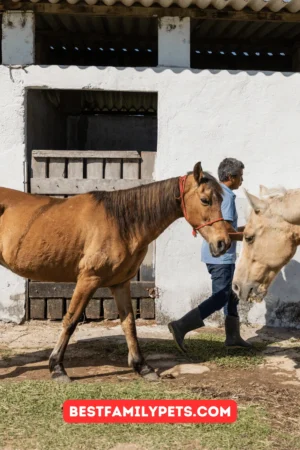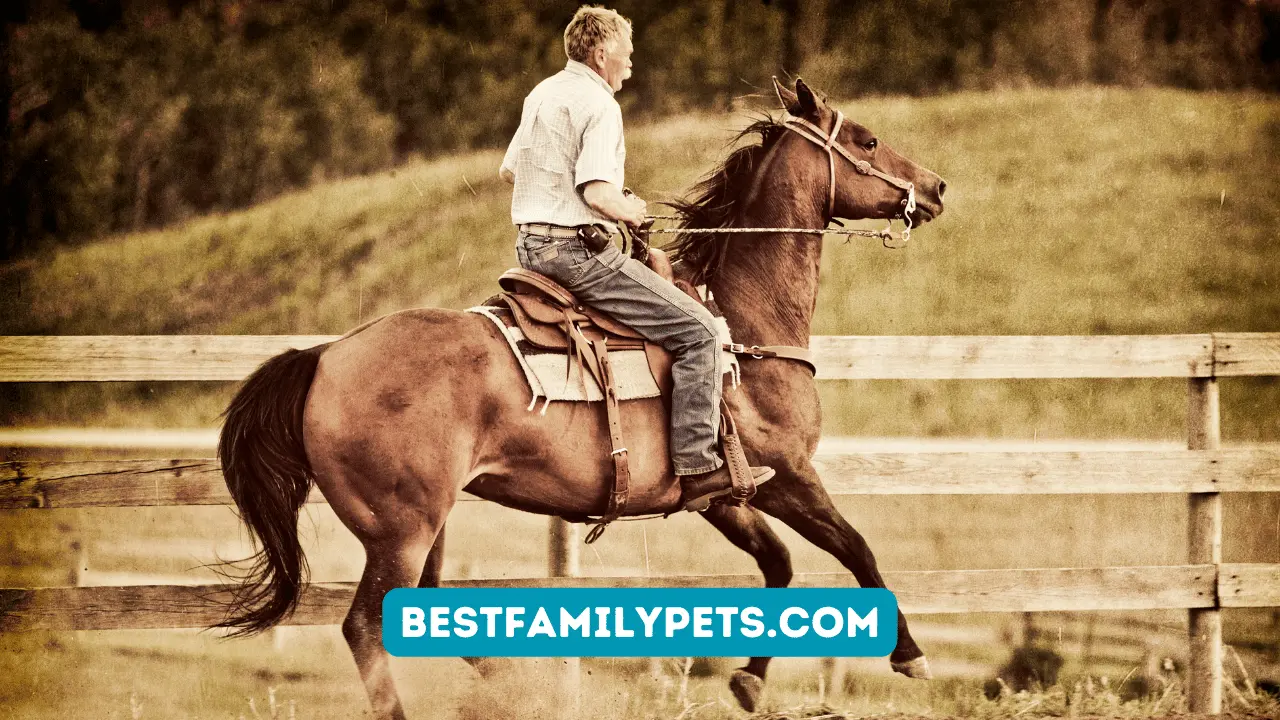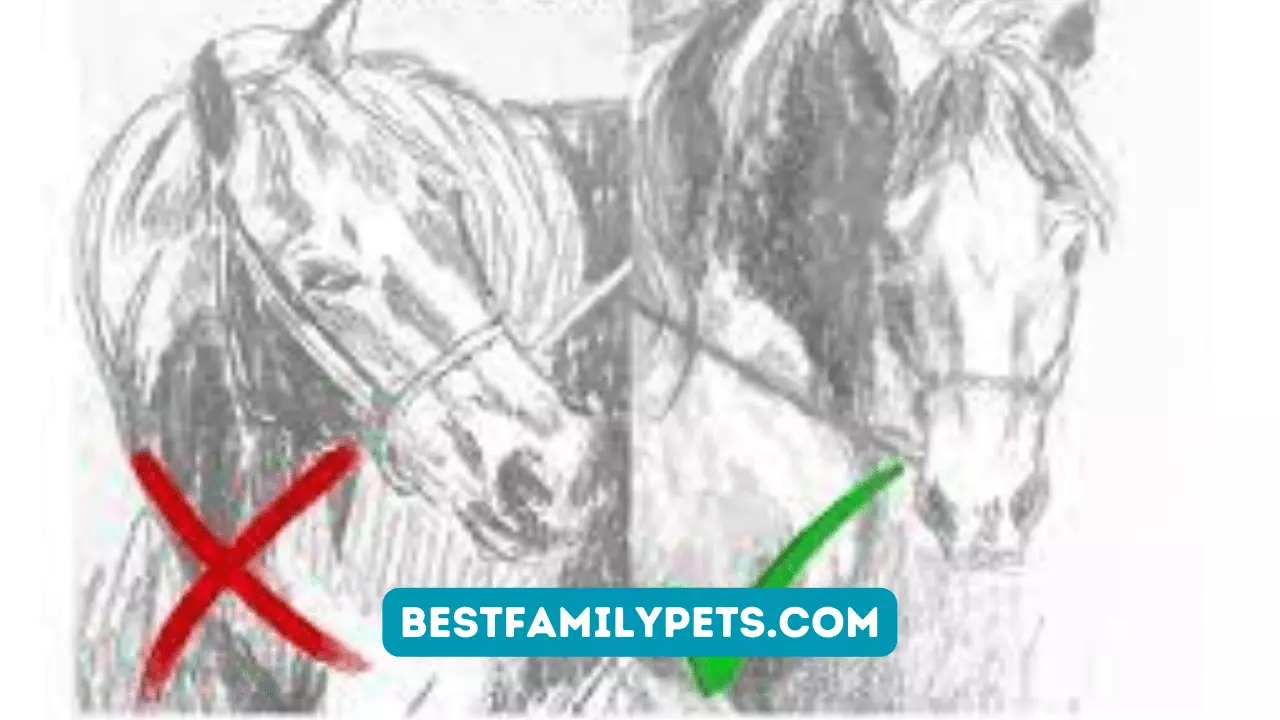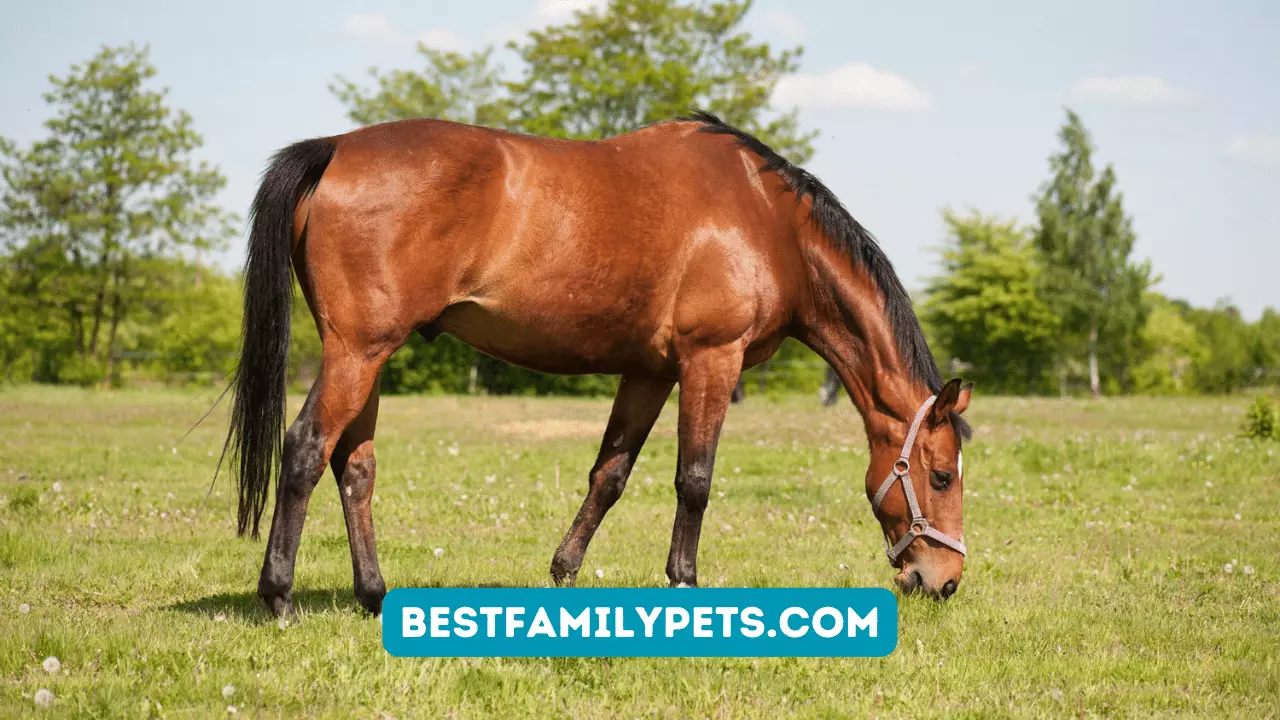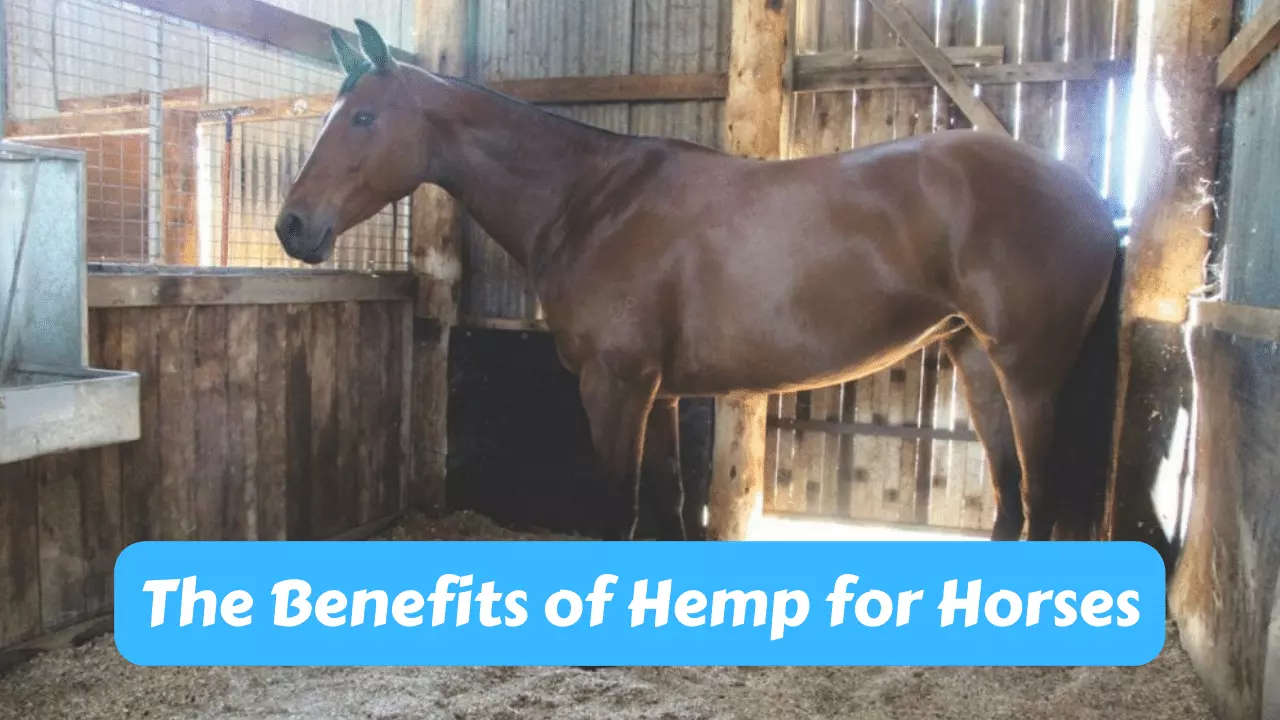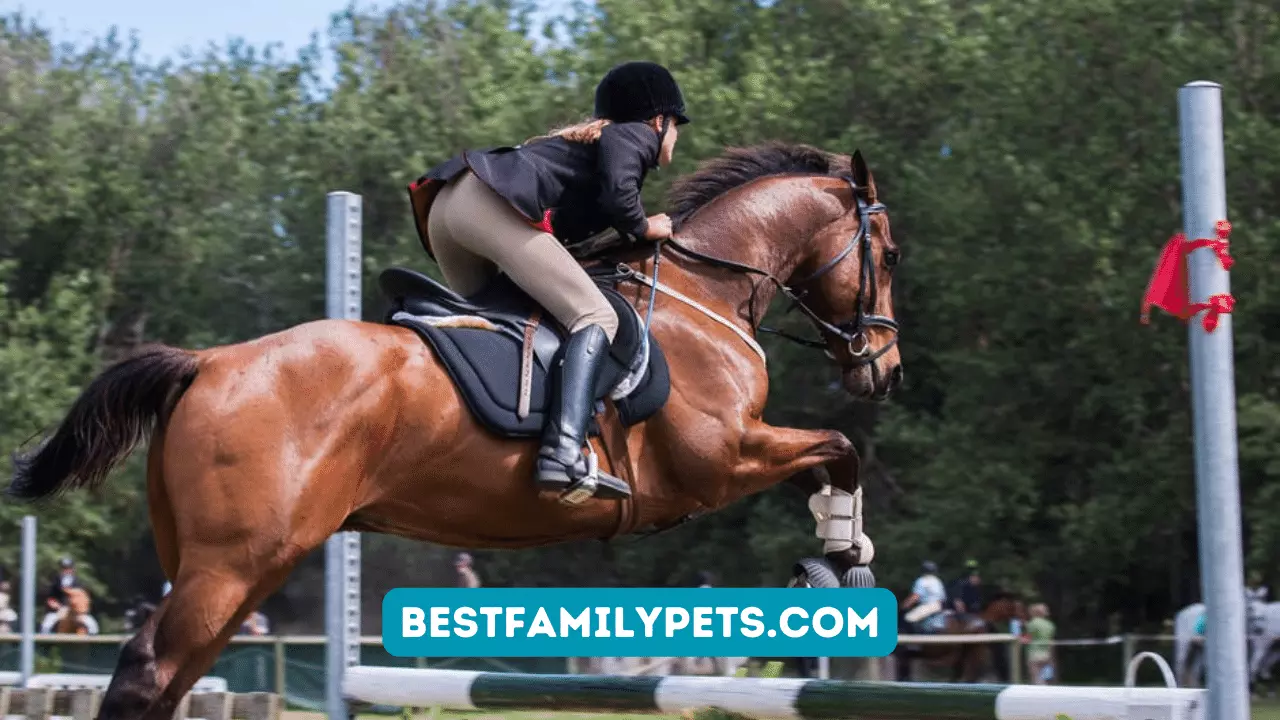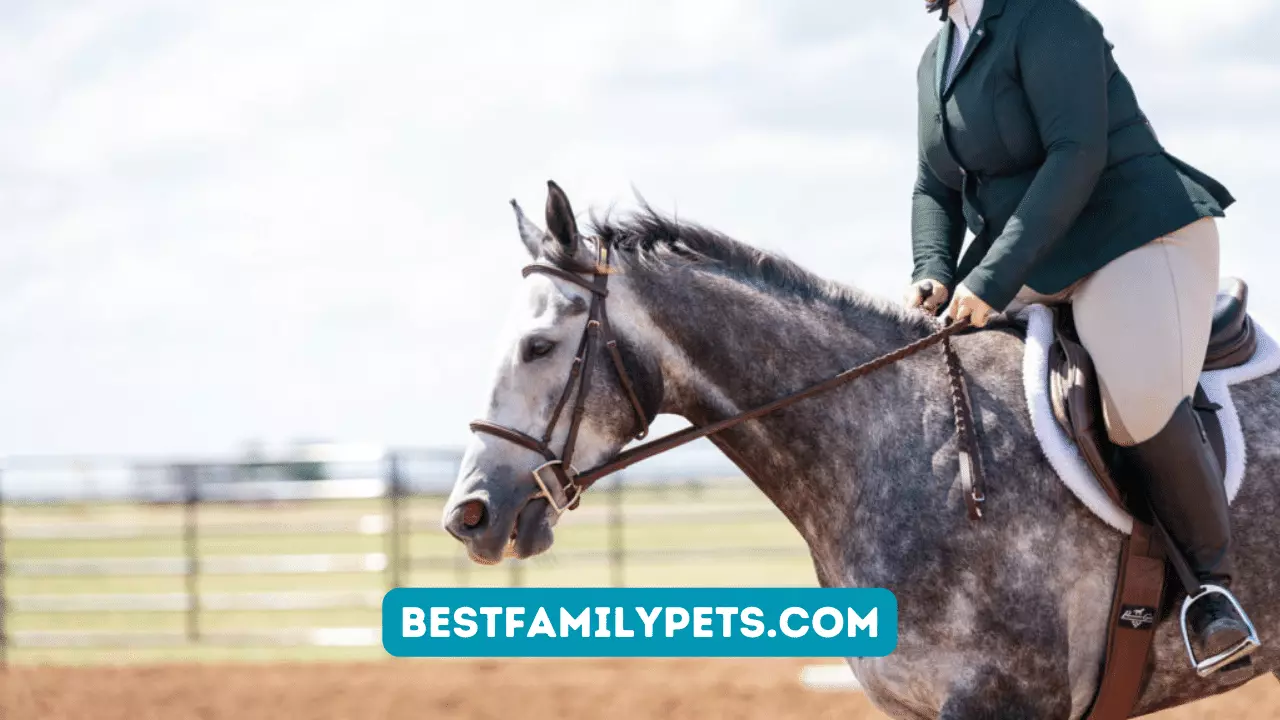How To Identify And Treat Common Back Problems Of Horses?
Is your horse experiencing back problems? Learn how to identify and treat common issues with our expert guide.
Horses are beasts of burden, and the power they have makes them one of the most sought-after animals both for work and sports. However, that fact also makes them susceptible to backaches and pains. You will be able to tell if a horse is suffering from back problems by observing its behavior. Knowing the red flags will help you spare your performance horse any further pain.
Signs Of Back Pain on Horses
A few signs will tell you if your horse has a back problem that you shouldn’t miss.
- If your animal is experiencing discomfort during grooming or when pressure is being applied to its back, it will flinch. Take note of the response that your horse to grooming is almost always a sure sign that they’re experiencing a back problem. But there are times that it could only mean that the horse is thin-skinned and not actual back pain.
- While training, it may not round over jumps, push from the back, or create hunching movements for stopping and turning.
- You may also notice that your horse gains an abnormal girth once you place a saddle on its back.
- The horse will exhibit behavioral problems through poor performance. It may not last the usual training time and may also display stopping, bucking, or running fences. The horse’s gait may appear like a short stride.
Some of the reasons that cause pain to your horse may be from a tack that doesn’t fit well, rider asymmetry that may cause uneven pressure, and past traumatic injury from an accident, among others.
The pain may also be a sign of degenerative arthritis, ligament or muscle inflammation, or bone fractures. You should perform regular examinations on your horse to check for its soundness or wellness. While they are stoic creatures, as some will perform despite back pain, they still need clinical evaluation.
Back Pain Management and Treatment
Surgery
One of the leading causes of back pain is kissing spine in horses. A kissing spine is also another term for overriding spinous processes.
A horse’s spine has a set of vertebrae linked by ligaments. These vertebrae have prominent sections that stick out called spinous processes. When they become too close to one another, they appear to be touching or kissing. Being in contact with one another causes pain, and the movement of the horse becomes limited.
To help relieve the pain, veterinarians will give them surgery to remove the spinous processes. Sometimes, they will cut the ligaments instead if there are no other options. While it may help some horses, sometimes, it’s not a practical last resort as some don’t recover from back pain even after the procedure. It’s why horse owners must be careful and monitor the health of their horses to prevent going through surgery.
Medication And Rest
There are anti-inflammatory medications that you can give your horse to help ease back pain. Liniments or salves are also suitable for sore backs. Other types of medical treatment include applying ice and hot packs to encourage blood flow. The alternating hot and cold temperature on the area can also be anti-inflammatory while easing pain.
Letting the horse rest is also consistently one of the best treatments. Allowing them space, whether inside or outside the field shelters, will also do wonders for their health. They are naturally outdoor animals, so they can enjoy some warm sunshine and the freedom of moving around. You can balance that with letting them rest inside the shelters when the weather is unpleasant.
Functional Electrical Stimulation
Sometimes, treatment for humans, such as strengthening and building multifid muscles, can also work for horses. Your horses will also benefit from functional electrical stimulation or FES. It’s a kind of electrotherapy that can help improve muscle function by stimulating the motor nerves. Through electrical currents, it may help improve muscle symmetry.
A back pad with six electrodes can be placed on the lumbar vertebrae area and the thoracic vertebrae. It will execute a front-to-back pelvic rotation in a matter of two seconds. Then, it will be followed by a two-second pause before actively stimulating again.
Researchers performed this experiment on 12 different breeds of retired horses that are adept in varying disciplines. There has been a significant amount of improvement on the multifidi muscles regarding symmetry at all important locations after a treatment period of eight weeks.
Injections
Corticosteroids can be injected into the painful area for inflammation. Local anesthetics are also an option to help control the pain. The sacroiliac joins can benefit from a cortisone injection. However, it was advised that only those with experience could do the injection because the hormone can also be detrimental if injected in the wrong area. It can hinder the nerve that enables the use of the hind legs. Using both an anesthetic and cortisone at the same time will disable the horse for a few hours to the point that it won’t be able to get up.
Mesotherapy
Another use of injection is called mesotherapy used to treat spasmic symptoms of degenerative arthritis at the back and the cervical vertebrae. Mesotherapy is a veterinary solution for the treatment of horses that were originally developed for humans in the 1950s.
In a 2016 survey, the last respondents have concluded that medicine administration through mesotherapy was indeed effective. Corticosteroids were mainly used to treat the back problems of horses.
Mesotherapy is for the stimulation of the mesoderm, which is the central layer of the skin. Using this method on horses was based on controlling the pain coming from the dorsal horn found on the spine. Mesotherapy uses tiny needles inserted into the skin four to six millimeters deep to inject medicine on the affected areas.
Horses can feel pain, and they will show it through behavioral or performance problems. It’s essential to note if the horse is suffering from back pain to undergo the appropriate treatment. A horse will need rest with medication and other types of safe therapeutic methods. It’s time to focus on the health of your horse rather than the competition you’re training it for.
-

Hydration Hacks: Ensuring Proper Watering for Your Horse
-



Should Horses be Left Inside or Outside the Field Shelters?
-



How To Identify And Treat Common Back Problems Of Horses?
-



A Detailed Guide About Ifor Williams Horse Trailer
-



What Is Lateral Flexion in Horses, and How to Improve It?
-



Trailer Review: The Sims 4 Horse Ranch Expansion Pack – The Joy of Equestrian
-



Senior Horse Feed: Meeting The Nutritional Needs Of Your Aging Equine
-



5 Ways To Improve Your Horse’s Gut Health
-



5 Ways To Keep Your Horse Healthy
-



The Benefits of Hemp for Horses
-



Four Ways To Be A Better Horseback Rider
-



How to Compete in Your First Horse Show?



